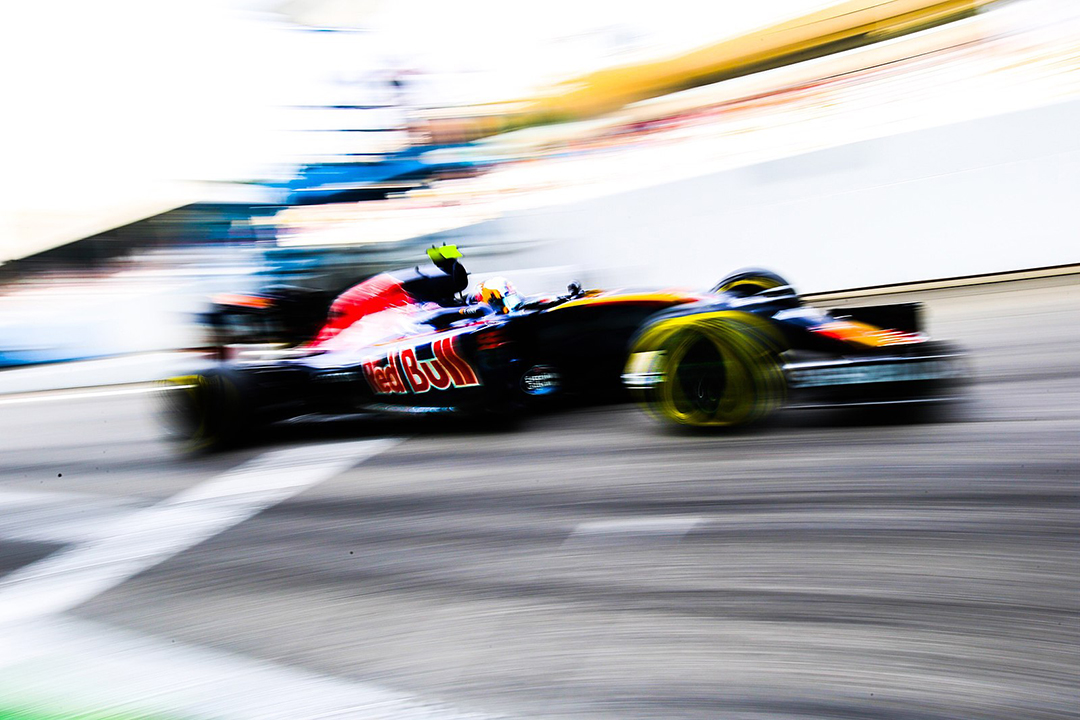Excitement and buzz for the start of a new Formula One (F1) season are customary all through the winter break, and following the controversy of the Driver’s championship end — where Max Verstappen was able to come back and win the race, after a crash caused by fellow driver Nicholas Latifi created chaos in the race. The offseason has been filled with this exact atmosphere, if not one with an upped ante. Following the race, Michael Masi, former F1 racing director, was removed from his position following an inquiry into his decision-making. He’s since been replaced by two other officials, Niels Wittich and Eduardo Freitas. The pre-season antics have shocked and awed – as well as fulfilled – F1 fans’ expectations.
New rules, new turf
The start of the turbo-hybrid era ushered in massive regulations that changed the sound of F1 — from the roaring V8 engines to the tamer sounding V6 engines. However, aside from engine reverberations, this era is most notable for the beginning of Mercedes’ and Lewis Hamilton’s dominance, one that brought seven consecutive Constructor’s championships.
Max Verstappen and Lewis Hamilton’s rivalry in the last season broke the dry spell of intense wheel-to-wheel racing that was lacking in the sport just at the close of the hybrid era.
The 2022 F1 season promises a continuation of the rivalry throughout the grid. The introduction of new regulations, which was held back due to the COVID-19 pandemic, is arguably the most drastic change the sport has seen in decades. Leaving the V6 engines virtually untouched, the changes to the bodywork and aerodynamics of the cars are sure to create more competition.
A momentum shift in the rankings
A neck-and-neck title fight heading into the season finale is quite uncommon, and next season’s rules would allow for such competition to thrive. The technical rules implemented by F1 are all with the aim of tightening the middle-rankers of the competition and continuing the fight well into the new seasons ahead, to make for more action — unlike that of the previous age.
Shuffling of the driver lineup carries great potential for unpredictability, as Hamilton no longer has a sidekick in Valtteri Bottas. The Finnish driver moved to Alfa Romeo from Mercedes and was replaced by George Russell, who now works alongside Hamilton to hopefully make up for last season’s controversial conclusion.
An air of anticipation outshadowed all livery and car launches, making for anxious yet eager feelings as to where teams and drivers will rank on the standings. It is far from believable that Mercedes and Red Bull will stray from the top; however, it seems that Ferrari’s return to competitive fashion is lurking, especially as Ferrari’s Charles Leclerc set the fastest time on Day Two of Barcelona testing.
Making a mark on the silver screen
Netflix’s Drive to Survive is set to make a recurrence in its fourth and most exciting season yet on March 11. The audience for F1 continues to grow globally, especially in the Middle East, and even in North America. The Fédération Internationale de l’Automobile has approved the construction of a Miami circuit as well as an extension for the US Grand Prix at the Circuit of the Americas to 2026, as a testament to the success from wrangling a larger audience. The Canadian Grand Prix will also make its return following a delay due to the pandemic.
The notion that a championship fight is a rarity within the F1 world may soon be a notion of the past, giving breath to the frequency of an action-packed sport all through the season — and one to continually look forward to.


